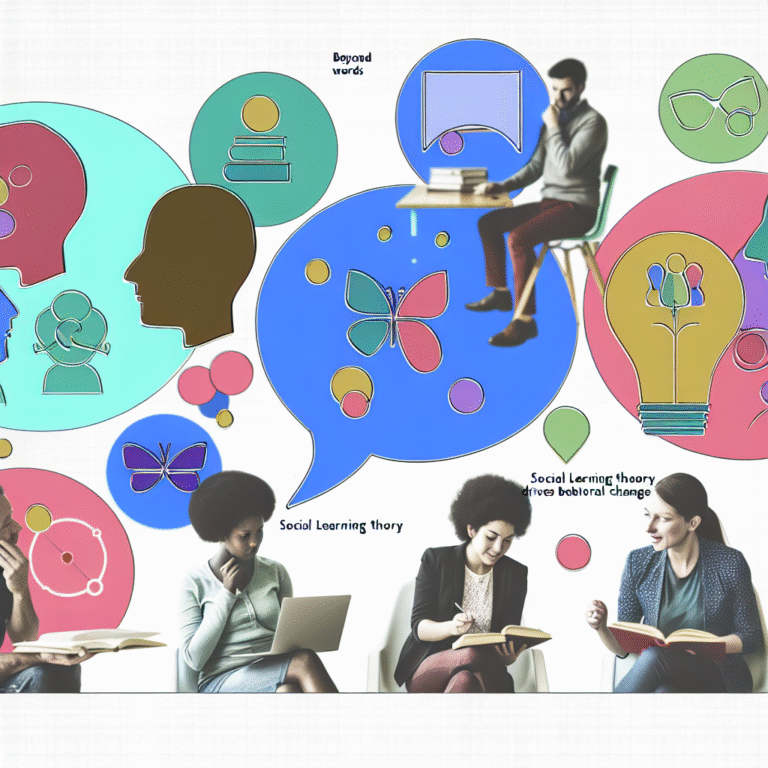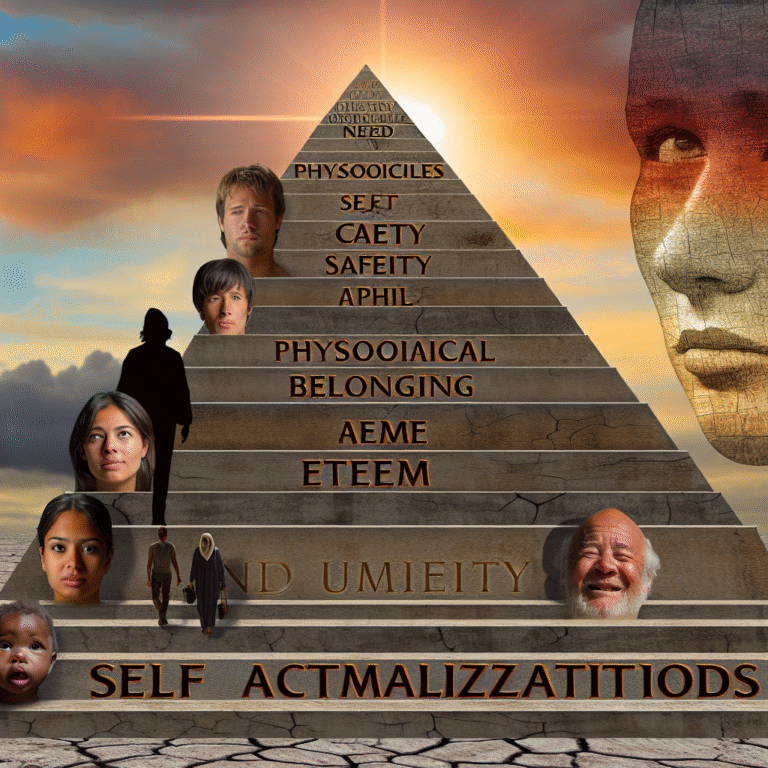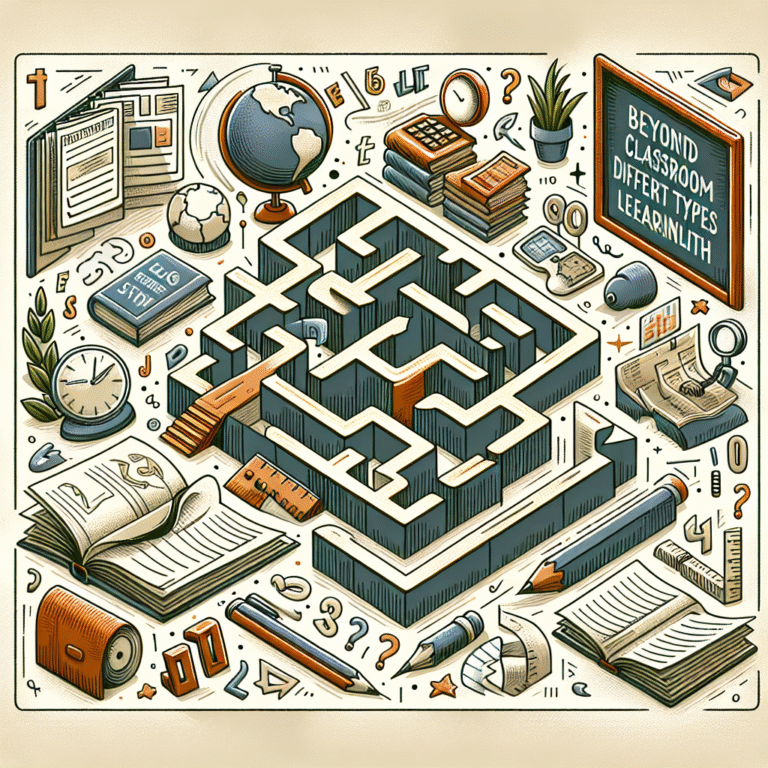
The Ultimate Guide: Feel Free to Mix and Match Elements from These Suggestions or Modify Them to Better Fit Your Article’s Focus!
Introduction: The Power of Customization
In a world overflowing with ideas and resources, the ability to customize and tailor content is not just a skill—it’s an essential tool for success. Whether you are a blogger, marketer, educator, or business owner, embracing the philosophy of “feel free to mix and match elements from these suggestions or modify them to better fit your article’s focus!” can lead to innovative outcomes. The importance of flexibility in content creation cannot be overstated, as it allows you to adapt to different audiences, platforms, and objectives.
In this guide, we delve into the transformative power of mixing and matching content elements. We’ll explore how to apply this concept effectively and provide inspiring case studies that highlight its successful implementation in various fields. By the conclusion, you will not only understand the significance of customization but also walk away with actionable strategies to incorporate this approach into your own work.
The Art of Customization
Understanding Your Audience
One of the foundations of effective content creation is understanding your target audience. Before you start mixing and matching elements, you need to know who you are creating for. Are you addressing professionals in a specific industry, teenagers, or homemakers? This knowledge will significantly influence which elements are relevant and how they should be combined.
Tailoring Content Examples
- Professionals: If your audience is primarily professionals, you might lean towards data-driven insights, industry trends, and actionable business strategies.
- Students: For a younger audience, incorporate vibrant visuals, relatable analogies, and interactive content.
- General Public: A mixed approach might work best, combining humor, informative content, and engaging visuals.
Elements to Mix and Match
When discussing the phrase "feel free to mix and match elements from these suggestions or modify them to better fit your article’s focus!", it’s vital to explore the different elements you can incorporate:
- Content Types: Blog posts, podcasts, infographics, videos.
- Visual Elements: Charts, graphs, images, animations.
- Tone and Style: Formal vs. informal, analytical vs. narrative, concise vs. elaborate.
Table: Elements to Consider for Customization
| Element Type | Audience Consideration | Example Usage |
|---|---|---|
| Content Type | Professionals | Case studies, expert interviews |
| Visual Elements | Teens | Memes, GIFs, interactive quizzes |
| Tone and Style | General Public | Conversational, storytelling |
| Format | Entrepreneurs | E-books, webinars |
Real-World Applications: Successful Case Studies
Case Study 1: BuzzFeed’s Content Strategy
BuzzFeed exemplifies the successful blend of various content elements. Their articles combine quizzes, listicles, and engaging visuals to captivate their audience. By utilizing multiple formats, they create shareable content that resonates with a diverse group of readers.
Analysis: BuzzFeed understands its audience’s desire for entertainment and information. By mixing and matching these elements, they stay relatable while also delivering valuable insights.
Case Study 2: Neil Patel’s Blogging Techniques
Neil Patel, a leading digital marketing expert, frequently adapts his content based on user feedback and analytics. By modifying his articles to include illustrative diagrams and actionable takeaways, he effectively engages his readers. His method of integrating detailed insights with straightforward visuals makes complex marketing concepts more accessible.
Analysis: Patel’s approach underscores the importance of being responsive to audience needs. The mantra of "feel free to mix and match elements from these suggestions or modify them to better fit your article’s focus!" is evident in his dynamic content style.
Case Study 3: TED Talks and Multimedia Integration
TED Talks are a masterclass in combining various elements—storytelling, visuals, and live interaction. The speakers often adapt their presentations by incorporating videos, slides, and even audience participation, creating a rich, multifaceted experience that keeps viewers engaged.
Analysis: This case study exemplifies the efficacy of blending different content formats. TED’s ability to adapt to the preferences of a diverse audience showcases the power of customization.
Strategies for Mixing and Matching Elements
Create a Content Matrix
One effective technique to implement the idea of "feel free to mix and match elements from these suggestions or modify them to better fit your article’s focus!" is to create a content matrix. This involves listing out various content types, target audiences, and preferred channels, then mapping out potential combinations.
Embrace Feedback Loops
Actively seek feedback from your audience after publishing your content. Use tools like surveys or direct comments to understand what worked well and what didn’t. This insight can guide your future efforts to mix and match elements effectively.
Stay Updated with Trends
The landscape of content creation is ever-evolving. Stay tuned to industry trends and user preferences by following niche blogs, podcasts, and attending webinars. This continual learning process will arm you with new ideas and inspire your customization efforts.
Use Data Analytics
Leverage analytics tools to gauge which content pieces resonate the most with your audience. Analyze likes, shares, and comments to refine your blending strategy. Knowing your strongest-performing elements will allow you to mix and match intelligently.
Conclusion: Empower Your Content Creation Journey
In a rapidly shifting digital landscape, the ability to "feel free to mix and match elements from these suggestions or modify them to better fit your article’s focus!" can set you apart from the competition. Embrace customization as a fundamental principle in your content creation endeavors. By understanding your audience, experimenting with different formats, gathering feedback, and staying updated, you will enhance the relevance and engagement of your content.
So, embark on this journey of mixing and matching elements today. Start drafting your next article with the confident mindset that you can—and should—tailor your content to connect, inform, and inspire.
FAQs
1. What does it mean to mix and match content elements?
Mixing and matching involves combining different types of content, visual elements, and communication styles to create a unique and engaging piece that suits a specific audience.
2. How can I identify which elements to mix and match?
Begin by analyzing your target audience and their preferences. Consider what content formats engage them the most—videos, infographics, or detailed articles—and experiment with combinations.
3. Can I apply this concept to social media content?
Absolutely! The principle of mixing and matching is especially effective in social media, where diverse content types can lead to higher engagement and shareability.
4. What tools will help me mix and match content elements effectively?
Several tools can aid in this process, including content management systems (like WordPress), design software (like Canva), and analytics platforms (like Google Analytics).
5. How often should I update my content based on feedback?
It’s beneficial to review and possibly update your content regularly—every few months or after major changes in industry trends—based on feedback to ensure that it remains relevant and effective.
By integrating the principle of mixing and matching elements into your content strategy, you will not only enhance your creative process but also create more impactful and memorable experiences for your audience.












